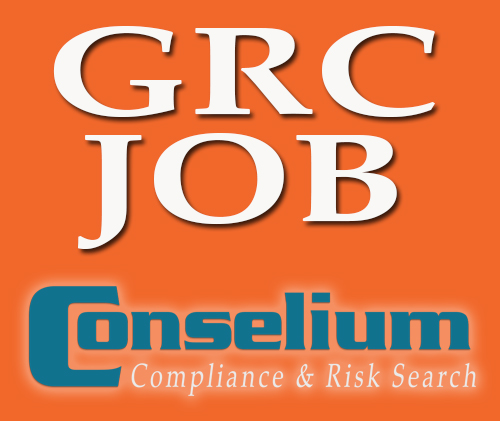
If you remember nothing else from what I am about to reveal in this article, remember one thing: a job interview is not about you.
Ignore the fact that the hiring manager called you to schedule this meeting. Forget the part about how you introduced yourself when you walked in the room. Totally disregard the appearance of your name printed at the top of the resume on the desk between you.
It’s really, really, really not about you today. The hiring manager doesn’t care who you are. He cares whether or not you can solve his problems.
Can you?
We’ll get back to that. For now, hear this: you were invited to this job interview because the employer has a problem and is looking for a solution. The “problem” in this case is a list of tasks that must be done in a certain way. The “solution” is the right human being. Maybe you.
In order to be viewed as the solution, you have to figure out what the problem is. Do the following, and you’ll have a leg up on everyone else.
Ask the Right Questions
The interviewer will probably wrap up your meeting by asking if you have any questions. Don’t wait that long. It’s fine to interject with intelligent, thoughtful questions throughout your interview. It shows you’re engaged and makes the meeting feel more like a natural conversation than a firing squad.
Queries like these will give you a chance to demonstrate your interest in the company while arming you with data that will help you communicate your value:
• What’s the department’s most urgent challenge?
• What kinds of gaps do you have in your team?
• What’s the goal for the department this year, and what needs to happen for that goal to be reached?
• How exactly do you see the best candidate for the job helping the team to reach that goal?
After you gain data by asking questions, put it to use during other points in the interview. For instance, when asked to elaborate about your experience, you’ll know to highlight skills the department lacks. Without the data, your apt monologue about yourself doesn’t speak directly to the hiring manager’s problems. By the way, this is a tactic used by successful salespeople. Ask your customer questions about their problems, then highlight the features of your product that offer solutions.
Follow Up By Re-Stating Your Value Proposition
After your interview, review the notes you took (yes, you’ll be taking notes). Were there any opportunities you missed to convey your value or to put to good use the data you gained about the hiring manager’s problems? It’s not too late, since you’ll be sending a follow-up email to your interviewer.
Use this opportunity to go beyond, “Thank you for taking the time to meet with me today.” Rather, review some of the key points the interviewer made and remind him of the things you’ve done in the past – or intend to do in the future – that demonstrate your ability to help the hiring manager solve his problem.
Conclusion
Today’s advice might be pitched at job candidates. But what if you’re the interviewer? Follow the flip-side of my advice by carefully assessing your company’s current challenges before you start bringing in people to interview. As an executive recruiter, I work with hiring managers every day to help them define – and communicate – their problems and their goals. So clearly, this strategy works both ways!
 Maurice Gilbert is Managing Partner of Conselium Executive Search, which specializes in placing Compliance Officers and Legal Counsel for clients in the U.S., Europe, Latin America and Asia Pacific. Maurice is also CEO of Corporate Compliance Insights, a worldwide publication devoted to governance, risk and compliance issues. Maurice can be reached at maurice@conselium.com or maurice@corporatecomplianceinsights.com.
Maurice Gilbert is Managing Partner of Conselium Executive Search, which specializes in placing Compliance Officers and Legal Counsel for clients in the U.S., Europe, Latin America and Asia Pacific. Maurice is also CEO of Corporate Compliance Insights, a worldwide publication devoted to governance, risk and compliance issues. Maurice can be reached at maurice@conselium.com or maurice@corporatecomplianceinsights.com.


